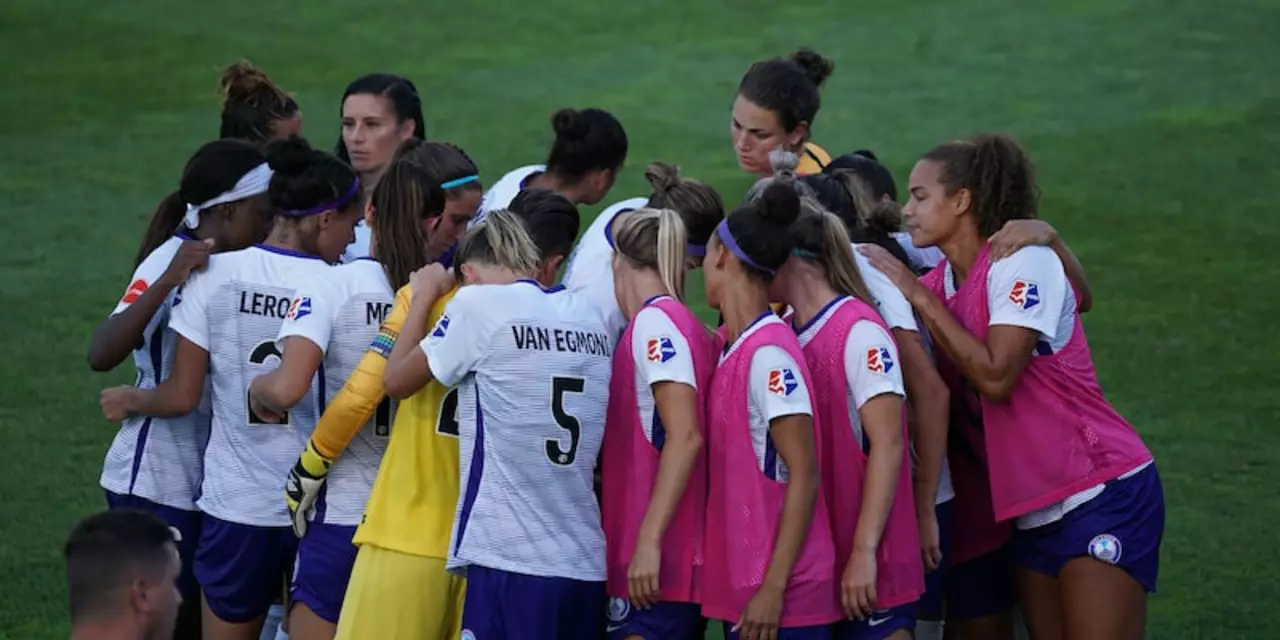Team Sports: Your Go‑To Guide for Group Play and Competition
When talking about team sports, games where players work together toward a shared goal, following set rules and usually playing on a field or court. Also known as team‑based athletics, it brings people together and fuels local pride. Popular examples include football, a contact sport played with an oval ball on a rectangular field, soccer, the world’s most‑played sport that uses a spherical ball and footwork, and basketball, a fast‑paced indoor game with a hoop and dribbling. These three illustrate how team sports cover a range of settings, equipment, and skills while sharing the core idea of collaboration.
One clear link is that team sports require strategy and communication. For instance, football demands play‑calling and reading the defense, soccer leans on positional awareness and quick passes, and basketball hinges on spacing and timing. This relationship means a player who masters one sport often picks up another faster because the mental framework is similar. That’s why you’ll see National Guard members balancing college soccer with service duties – the discipline gained on the field translates well to structured environments.
Geography also shapes which team sport dominates. In the United States, baseball enjoys deep roots, especially in Cuba, Japan and the Dominican Republic, where the sport is woven into daily life. Those countries produce a steady stream of talent, reinforcing baseball’s global appeal. Meanwhile, American football’s presence in cities like Los Angeles shows how stadium logistics and market competition influence a sport’s footprint. Even when a city lacks a franchise, fans fill the gap with college games, high‑school rivalries, and fan clubs.
Another angle is the cultural impact of rituals during games. The “witching hour” on NFL Sundays, the halftime shows, and the celebratory showboating after a big play all add excitement. While some argue showboating can cross the line, a brief, heartfelt celebration often boosts team morale and fan engagement. These moments highlight how team sports blend competition with entertainment, turning ordinary matches into shared experiences.
Whether you’re debating the fairness of the Super Bowl, wondering if practice schedules affect player health, or just curious about why certain cities lack a team, the posts below cover those questions and more. Scroll down to read deeper dives, fun facts, and practical tips that will broaden your view of the team‑sport world.
This article discusses the role of luck in team sports. It explains that some team sports are more dependent on luck than others. For example, a team sport like soccer relies heavily on skill and strategy, while a team sport like baseball is highly susceptible to luck. Furthermore, some team sports are designed to reduce the importance of luck, such as cricket, where teams can score points even if they are losing. Finally, the article stresses the importance of understanding the luck factor in any team sport and how it can affect the outcome of games.
Team sports do not necessarily require a ball for competition. Examples of team sports without a ball include skiing, ultimate Frisbee, dragon boat racing, and synchronized swimming. Skiing involves skiing down a mountain or hill, while ultimate Frisbee requires two teams to compete against each other by throwing and catching a Frisbee disc. Dragon boat racing is a water sport that involves teams of paddlers racing against each other in long boats. Synchronised swimming is a team sport that involves swimmers performing choreographed routines in time with music. All of these team sports are exciting and provide a fun way to stay active.


 Sports News
Sports News